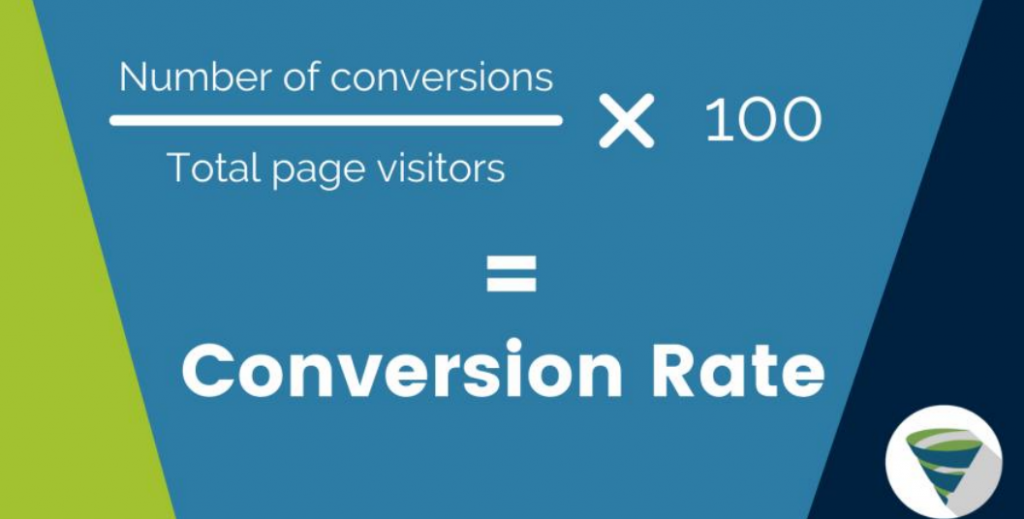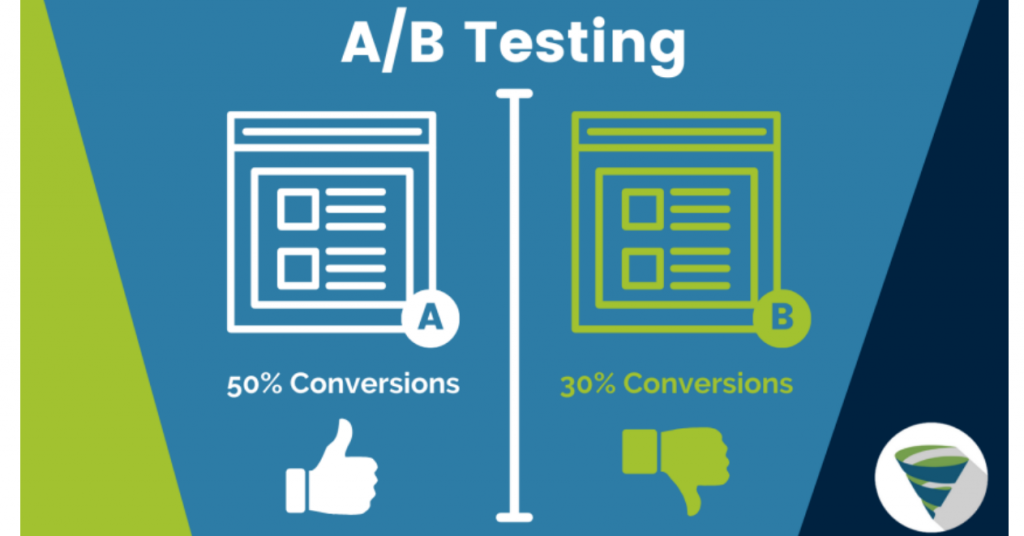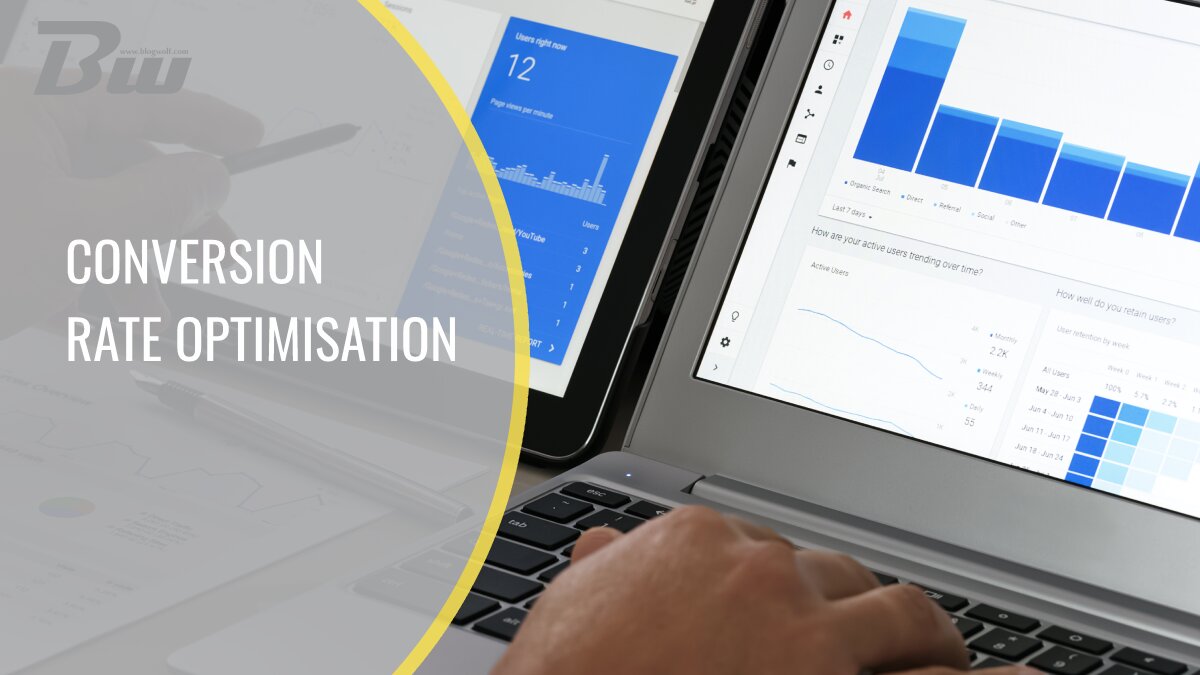Table of Contents
It’s always good to have a steady rate of traffic visiting your website. However, it isn’t enough for a website to have traffic that doesn’t convert. That’s where you want to start thinking about conversion rate optimisation (CRO). With an effective conversion rate optimisation strategy, your business can dramatically improve revenue from your existing visitors. CRO is absolutely vital to any business’s overall digital marketing strategy.
Want to get started? Our conversion rate optimisation guide will help you to understand its importance and let you know some key strategies you can start implementing.
What is CRO and why is it important?
First let’s give a definition of conversions themselves: conversions are defined as an action you want a user to take on your website. This can range from users clicking a call-to-action (CTA) button, purchasing a product, signing up for a monthly email, and many more.
Now, conversion rate optimisation is the technique of enhancing your website and its content to boost conversions. It’s essential for the overall growth of your website: anything that helps the user convert makes it more likely that you’ll gain more conversions. A clearly signposted webpage is one visitors will keep coming back to.
Above all else, a well-implemented CRO generates new customers online which is the end goal of any business’ online presence. CRO makes it easier both for the business and the user to get what they want.
How to calculate your Conversion Rate

Before you start to implement a strategy you’ll need an idea of your current conversion rate. The most common way of calculating is by using the formula of your total number of conversions divided by the total page visitors (make sure these are only the page visitors to the page where your chosen conversion can be made) then multiply that result by 100.
This formula can be applied to any page where you wish to track conversions, even your entire website if you divide the total number of conversions for every conversion opportunity by the total number of website visitors.
Understanding the CRO process
To implement CRO effectively you’ll need to break down the process into different stages. The framework consists of three stages:
Stage 1: Discovery
For your CRO strategy to work you’ll be testing out different ideas to see what works. In order to do this, you’re going to need to do some data gathering. You’ll need some data from three sectors:
- Your company – What are your goals? What are your unique selling points?
- Your website – What pages are getting the most traffic? What pages are the conversions coming from?
- Your customers – What’s stopping them from converting?
Your company goals should be considered when putting these tests to work so your testing doesn’t conflict with them. Website data should be numerical data gathered from a web analytics service like Google Analytics. While customer data can be gathered from conducting surveys online or on social media. Once that data has been gathered you can start outlining your tests and put together a hypothesis.
This will use the information to nail down who you hope to test against and what the positive outcome should be.
The discovery stage is vital so you don’t start experimenting blindly without knowing if it will be successful. This stage ensures the probability of the tests being successful as they’re backed up with empirical data.
Stage 2: Experiments

Now that you have the data, it’s time to put it to the test! A very popular way of testing is through the A/B testing method. This is where you create two versions of the same webpage and put them live in front of two similar sets of page visitors. The difference between the pages will be a design change, like a CTA button on one and not the other, that will be the conversion action you want the visitor to take. You monitor them both at the same time to see which is more effective at generating conversions.
Bear in mind that you’ll need to make sure the webpage you’re testing is getting enough traffic to generate a significant result. If your webpage is low on traffic it won’t reflect how a larger population will interact and convert on that page. As long as you’re got some high traffic pages, monitor them closely during this phase.
Stage 3: Review
Once the tests have come to an end it’s time to match them against your hypothesis. If your hypothesis was correct and you’ve seen an increase in conversions from one of your tests then you should start thinking about implementing the winning design choice elsewhere on your site. This could lead to conversions increasing on multiple pages on your site!
However, there’s always the case where your hypothesis won’t be met. The good news is now you’ve learned what doesn’t work, you can take that information into the next test. A negative result will always inform the next positive one so keep on testing and using what you’ve learned to make each test more successful.
CRO strategies to test today
If you’re looking to start implementing some CRO strategies then we have a few suggestions to get you started with your tests.
Add lead capture forms to your page
A lead capture form is a tool that collects customer data usually in exchange for a free offer. For example, you could implement a lead capture form on a blog that gives users a free eBook that’s relevant to the blog content. When implemented on a high-performance blog it can be a great way to increase your conversion rates.
Implement a video
While it can sometimes take some time to produce, there’s no denying that video content is a great way to increase conversions. If we take a product page as an example, a video showing off a product in action can help a customer visualise themselves using that product in their daily lives. If you’re an eCommerce store and want to increase conversions then give this strategy a go.
Add testimonials
A good review is an easy way to build trust so make sure you’re showing them off. By placing them on pages where you want users to convert you build the authenticity of your product/company. A user will trust a service or product more when they see it has glowing reviews. For example, 92% of B2B buyers are more likely to purchase after reading reviews. It’s a no-brainer, if you have some good press to share then put them where you want your users to convert.
Keeping CRO strategies going
Developing a successful CRO strategy and seeing successful results can go a long way. But as trends change, there will come a time where you may need to rethink your strategies and test out new ones to keep conversion rates up. Now you understand the basics of implementing CRO and why it’s important you can start getting your conversion rates up and know how to test to make sure your website is converting as much as it can!
Author Bio: James Sayers has a passion for writing on media such as music, film, and video games. He works at Tillison Consulting as an SEO Campaign Manager working on blog content and SEO improvements for clients.

